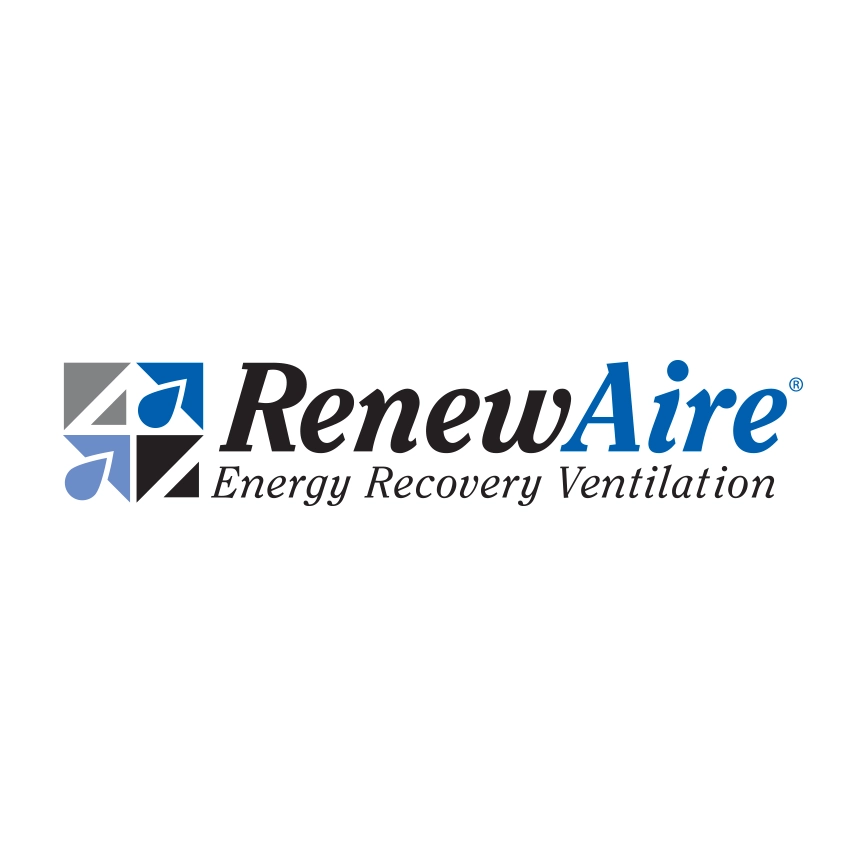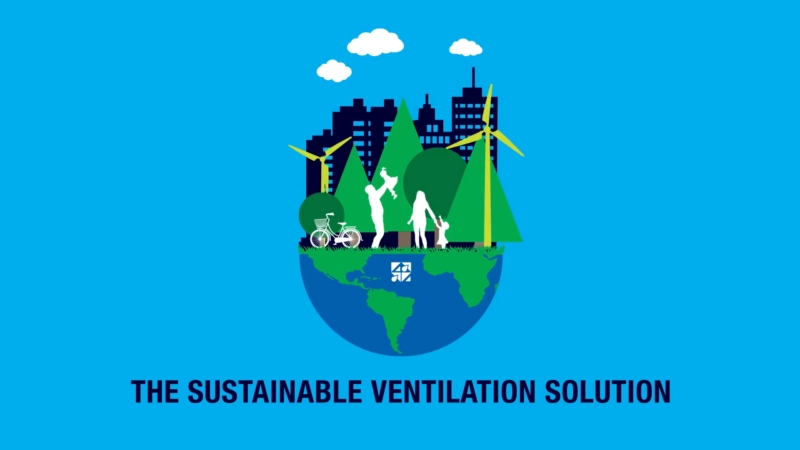DOAS Powers Efficiency, Savings and Healthier Air: Find Out Why and How
Commercial buildings requiring 100% outdoor air to meet ventilation standards and maintain indoor air quality (IAQ) is nothing new in the engineering world. However, the COVID-19 pandemic has brought calls for increased ventilation to further enhance IAQ and improve occupant health, which has brought challenges for traditional HVAC systems.
The main responsibility of a 100% outdoor air unit is to precondition the incoming air. In this process, the system inherently handles large heating and cooling loads. Traditional systems struggle to introduce outdoor air into an environment where it’s both dehumidified and cooled. This is why many in the field are turning to Dedicated Outdoor Air Systems (DOAS) with energy recovery.
So, how does DOAS solve the gaps of conventional HVAC, powering efficiency, savings and healthier air?
High-Efficiency DOAS and How it Works
A DOAS works much differently than HVAC systems. Here’s how.
Decoupling
A DOAS unit uses separate equipment to condition the outdoor air brought indoors for ventilation, and then delivers the air to each occupied space. This is done either directly or in conjunction with terminal or central HVAC units serving those same areas, which maintain space temperature. Outdoor air goes through filtering and tempering with efficient energy recovery and distributes it throughout a space in ductwork independent of heating and cooling. The advantage of this is optimal control with each function in siloes.
Energy Recovery
Adding energy recovery significantly minimizes the heating and cooling loads and can thus reduce the size of HVAC equipment required to condition the air. A DOAS unit uses a staticplate, cross-flow core to separate the outgoing, polluted indoor airstream from the incoming fresh airstream—while simultaneously transferring total energy (heat and water vapor) between the two airstreams. This means that the airstreams do not mix and pollutants are not transferred across partition plates. In the winter, that means that the cold, dry outside air is preheated and humidified by the outgoing warm interior air, and in the summer, the warm, humid outside air is precooled and dehumidified by the outgoing air-conditioned interior air.
A DOAS that includes energy recovery will condition outdoor air in the most sustainable way. Since HVAC units operate independently, you can downsize equipment and realize more savings.
Size Optimization
The optimization of the system design includes proper sizing, minimal fan power, and fewer pressure drops. When a system isn’t sized correctly and is unnecessarily large, wasted energy is more likely to occur. With a DOAS setup, you’ll experience a smaller footprint for heating and cooling. This reduces the amount of short cycling. It also provides a system that performs more efficiently and thus reduces energy costs.
As a result, your building can exceed minimum requirements and respond to the new demands of air quality prompted by COVID-19.
Without a DOAS with energy recovery, ventilation and dehumidification aren’t efficient. Many parts of the world have hot and humid air during warmer seasons. Bringing that air indoors requires substantial treatment to dehumidify the incoming air comfortable for occupants. A typical HVAC system strains to do this, and even when it is successful it can make mold growth higher. This conventional equipment doesn’t have the proper design to do the best job. Plus, it’s an energy drain.
Conversely, DOAS with energy recovery capabilities can handle such environments. Its unique design of separating ventilation from heating and cooling makes it much more manageable. You can apply it to many spaces, including high occupancy (multi-family, institutions, etc.) or any internal area that’s unhealthy or germ-ridden, like hospitals.
DOAS Wins with the Numbers
Many buildings want to decrease energy usage for a score of reasons, one of which is reducing costs. A DOAS with Energy Recovery can actually increase ventilation above minimum code standards without increasing energy bills. In looking at financial metrics to make the case, experts concur it’s a good investment, with a high internal rate of return and relatively short payback time.
Get More Insights on DOAS and How It Supports Energy and Cost Savings While Improving Air Quality
We have recently hosted a panel discussion on this topic. Experts included Nick Agopian and Alex Smith of RenewAire, joined by Rich Gerbe, CEO and Co-Founder of HIGHMARK NY LLC. Watch the on-demand webinar to learn more about DOAS technology, ventilation and indoor air quality.


